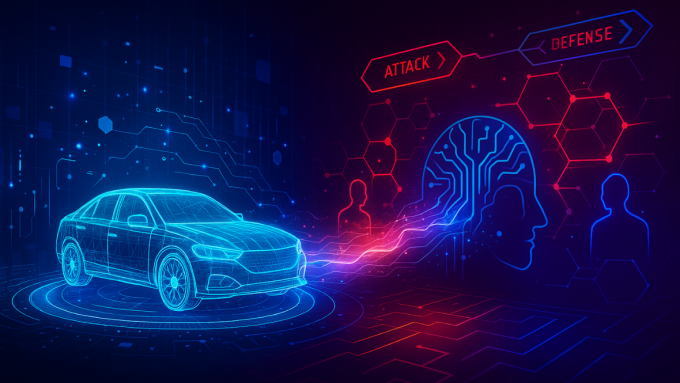During our research activities within the DT Hub, several barriers relating to the use of digital twins were identified. This blog post, which looks at digital skills, reflects on skill as a barriers and considers related issues so that we can discuss how they may be addressed.
As organizations develop a wide array of datasets and supporting tools, a key concern has been the capability of the people using these resources to make decisions and take action. To do so, these people need to be sufficiently skilled.
Quote
skilllearned capacity to perform a task to a specified expectation[SOURCE: ISO 30401:2018(en) Knowledge management systems — Requirements]
Industry reports, such as the Farmer Review, have consistently identified skills shortage as a key issue within the built environment. This figure below, produced by the Construction Products Association (CPA), shows the proportion of firms who have had difficulties in recruiting traditional trades. For example, in the first quarter of 2017, over 60% of firms had difficulty recruiting bricklayers.
A cause of this shortage is the lack of training being provided by organizations within the built environment. As shown in the figure below from the Farmer Review, workforces within the built environment are some of the least trained. While an obvious solution may be simply to provide more training, the issue is confounded by the fact that we need to inject a new set of skills in to the sector; increasing the amount of training required.
In 2018, The World Economic Forum produced their Future of Jobs Report. It considered what are the current emerging and declining skills as a result of digital transformation, automation and the fourth industrial revolution.
These, are highlighted in the table below.
Considering the results provided, the need for manual skills as well as installation and maintenance skills are declining rapidly. As such there is a risk that any immediate training to fill our skills gap may not be suitable for future employment needs. As initiatives such as the Construction Innovation Hub and Active Building Centre consider Design for Manufacture and Assembly (DfMA) and other more modern methods, perhaps the focus should be on which skills are needed for the future.
Digital twins, as representations of physical assets, processes or systems, will need to be interfaced with built environment professionals of the future. The question however, is in what capacity? Let’s consider a scenario:
Cardiff University has a digital twin of their campus. Within this twin, they have included sensors to record the usage and occupancy of lecture halls to access space optimization.
For an estate manager to be able to use this twin, they may benefit from:
- Software skills, to interface with the incoming data. This software may not be part of their core asset management system; needing additional knowledge and skills to use.
- Analytical thinking, to allow them to test scenarios. For example, to test what would happen to usage if a single building was changed to private rent from external customers; improving the universities income generation.
- Creative thinking, to allow them to consider new ideas. For example, to use the timetable to place lectures that straddle lunch across-campus; increasing foot-traffic past the university lunch hall.
- Intuitive thinking, to allow them to question outputs. For example, to be able to identify when a faulty sensor may have led to data discrepancies or when an analysis programme has identified importance solutions due to its correlative nature such as starting lectures at 6am to free up more rooms for private rent.
Ultimately, the reason for adopting digital twins will be to provide value for an organization and its wider ecosystem. As such, problem-solving skills, critical thinking, systems analysis and analytical thinking will likely become core competencies. For organizations with critical long-term planning requirements, future employees need to be taught these skills now so that they are appropriately competent for the future.
And there we have it, breaking the barriers related to skills. How relevant do you think the WEF top 10 growing skills will be for future consumers of digital twin content? What skills do you consider to be core to future digital twin users?
the_pathway_towards_an_imf.pdf DTHUb_NewbieGuide_May2020_(1).pdf HUB Version_DT Standards Roadmap_November 2020 (3).pdf



Leave a comment